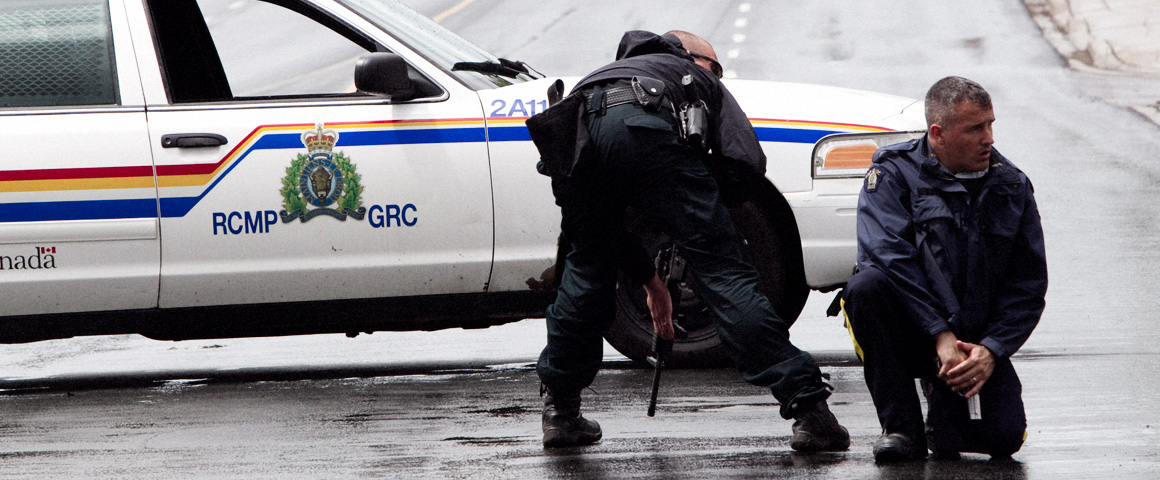For the first time, the RCMP has confirmed it deployed IMSI-catcher phone surveillance devices — commonly known as Stingrays — dozens of times in recent years to identify and locate suspects in criminal investigations. The admission on April 5 comes after years of secrecy about the use of the mass surveillance tools. Even serious criminal charges have been dropped to keep the devices a secret.
A recent CBC News investigation found Stingrays in use in downtown Ottawa and at Montreal’s Trudeau airport. The RCMP said it now obtains a warrant for the use of Stingrays, but on the basis of suspicion of wrongdoing, rather than belief. The force claims it doesn’t collect communications content, but privacy advocates such as OpenMedia warn that the collection of location information and metadata is in itself deeply invasive. OpenMedia says the admission is long overdue, but leaves important questions unaddressed.
“Canadians have been demanding answers about Stingray cell phone surveillance for years, and it’s a pity it took revelations about Stingray use in Ottawa to seemingly prompt this admission. Now that the RCMP has come clean, can we finally have the public debate about privacy and accountability that Canadians deserve?” said OpenMedia’s executive director Laura Tribe, whose complaint last year triggered an ongoing Privacy Commissioner investigation into Stingrays. “The fact that these devices are in widespread use with very few meaningful safeguards should alarm anyone who cares about their privacy and basic democratic rights.”
Tribe continued: “How many innocent Canadians have had their private cellular data captured by the RCMP’s use of Stingrays over the past 10 years? Has any of that data been retained? Have these devices ever been deployed to monitor a political protest or demonstration? Is mere suspicion of wrongdoing enough to justify the use of Stingrays, given the serious privacy implications for law-abiding citizens? It’s also clear that the use of these devices has been going on for years, presumably with the knowledge of Public Safety Canada, despite authorization from Innovation, Science and Economic Development Canada only being granted this week.”
Among the key points from the RCMP statement are:
The RCMP says it has a total of 10 surveillance devices in its possession, and 24 technicians trained and authorized to deploy them. The devices have been used “scores of times” in recent years, including 19 times last year and 24 times in 2015. The RCMP also said other police forces own and use them too but didn’t name these police forces.
The RCMP used to apply for a general warrant to deploy Stingrays. But for one period of about four months, it did not apply for a warrant for their use at all, based on advice from the Department of Justice.
The force currently applies for a Transmission Data Recorder Warrant to permit its use of Stingrays. Such a warrant can be granted based merely on “reasonable grounds to suspect” an offence has been or will be committed, rather than the stronger “reasonable grounds to believe”.
While the RCMP is tracking the number of warrants it applies for, it is not obliged to report this to Parliament.
These devices can interfere with other mobile phone signals and even interfere with the ability to dial 911 in older phones. As a result, the RCMP says it tries to use the devices only for a few minutes at a time, to minimize unintended disruptions.
Over 45,000 people have signed an online call to implement safeguards to protect innocent individuals from Stingray phone surveillance, at StopStingrays.org




